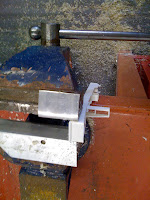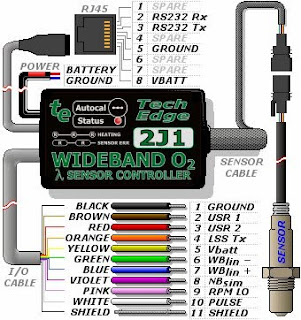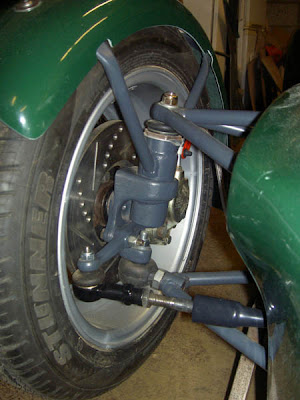Not cars this time, but virtual organs!
Ok, stop sniggering!
I've recently been playing a virtual organ called
Hauptwerk. The remarkable thing about this piece of software is that it attempts to reproduce the actual sound of an organ by recording every pipe on every stop, a massive task. The sounding of each pipe is triggered by
MIDI. The problem for me is to get suitable keyboards to trigger Hauptwerk. There are commercial products on the market but they are costly. So I decided to investigate less expensive options.
I initially used my trusty Yamaha NP30 piano, a MOTU MIDI interface and an Apple Mac Book with the free version of Hauptwerk. I was hooked. The reality of the sound is amazing.
Next job was to add a second manual / keyboard. I tried to get hold of some
Fatar keybeds. However these proved to be very difficult to obtain. My second choice was an
M-Audio Keystation 61es MIDI controller. These are readily available and inexpensive. There are a couple of problems going down this route. The first is that the keybed has "waterfall" piano style keys. This makes it very difficult to arrange the keyboards with appropriate spacing and allow for pistons. The second is the plastic case. This is ugly and has to go. I decided to with
AGO (American Guild of Organists) spec as this is freely available on the internet.
So my plan was to add a Keystation 61es to the Yamaha NP30 and use an
X-Keys Stick for pistons. A
Yamaha FC7 pedal will be used for the swell. The FC7 can be connected directly to the M-Audio MIDI controller in place of the volume slider. I'm going for function rather than tradition.
Removal of the keybed from the plastic case is easy and has been well detailed on the Hauptwerk forum. However when I attempted to place the keybed on top of the NP30, it was obvious that the swell keybed would have to overhang the great in order to get close to an appropriate spacing. This was not going to happen with the waterfall fronts of the keybed. So out came the hacksaw!
Removal of the key front allows the top keyboard to overhang the lower whilst allowing space for the pistons. The X-Keys stick is 18mm thick. I did not want the piston buttons to protrude past the front of the upper keybed.
Removing the keys was the worst part. A screwdriver needs to be inserted as shown above to disengage a small plastic clip.
Job done! The upper keybed can now overhang the lower. There is plenty of room for the X-Keys stick. The front to front dimension is about spot on. However the vertical spacing is about 10mm too great. Not much I can do about that.
I knocked up a case with basic wood from B and Q (Home Depot). Not a
Vidarf but I did it in one day with no tools other than a jig saw! The piston rail is an 1" x 1" aluminium angle. If you look carefully, you'll see the upper keybed overhangs the lower by nearly 1".
The X-Keys will arrive next week.
Next job, the music stand.












































